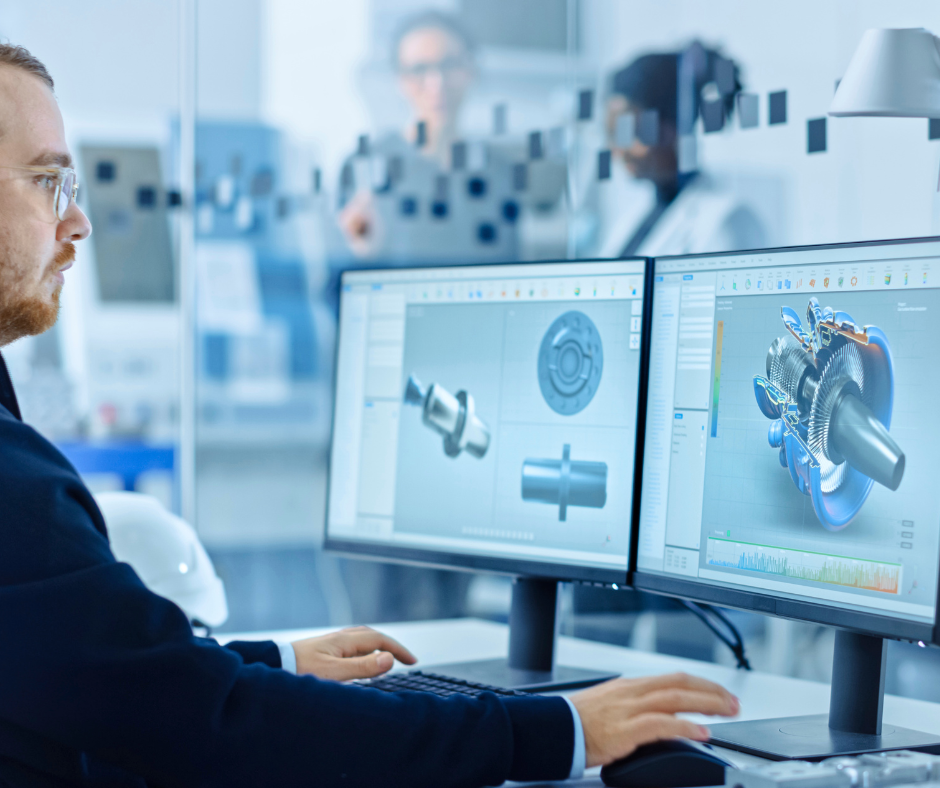
Modern Solutions for Legacy Part Challenges
In defense, aerospace, automotive, and industrial sectors, teams are constantly running into the same frustrating problem: a critical component fails—but the part is no longer available. The original manufacturer has shut down, drawings are missing, or the part was custom-built decades ago. What now?
At AFORGE LLC, we specialize in bringing these “orphaned” components back to life using a powerful combination of 3D scanning and CAD modeling tools. Here’s how we do it—and why this capability is increasingly critical in today’s supply-constrained world.
Step 1: High-Precision 3D Scanning
We start by capturing the geometry of the original part using structured light or laser-based 3D scanning. These scanners produce a highly accurate point cloud or mesh, capturing fine surface details, complex curves, and worn areas that may require restoration.
This digital scan creates a blueprint we can work from—even if no original drawings exist.
Step 2: Rebuilding in CAD
Once we have a scan, our engineers use advanced CAD software to reverse-engineer the part, creating a parametric model that can be edited, improved, or validated. At this stage, we can:
Step 3: Ready for Manufacturing
With a digital model in place, we can prototype or directly manufacture the part using the most appropriate process—whether it’s 3D printing, CNC machining, or casting. The result? A production-ready component that meets today’s quality standards and fits perfectly into your existing system.
Why It Matters
Legacy part replacement is more than a maintenance task—it’s a strategic capability. Whether you’re supporting aging military equipment, classic vehicles, or critical infrastructure, the ability to digitally recreate and reproduce obsolete parts gives you control over your supply chain and equipment readiness.
At AFORGE, we don’t just make parts—we engineer solutions that extend the life of your assets and reduce downtime.